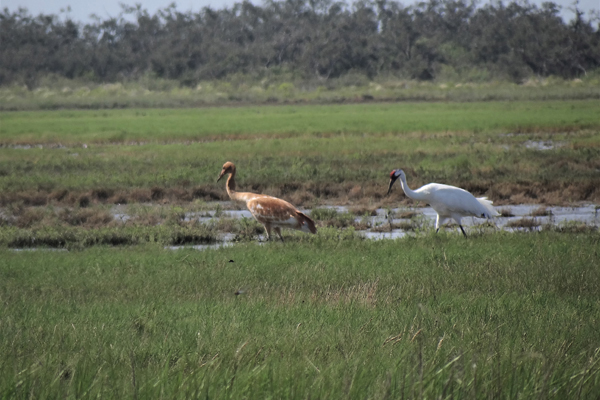
The news broke on the morning of Oct. 23 through a Facebook post by Aransas National Wildlife Refuge – the Whooping Cranes had returned! A pair were spotted near the Mustang Lake area. The next day brought more reports of birds a few miles south of the refuge on a tract of private land visible from a beachside roadway. John Pistone, program assistant, and I set out to track them down. We spent the morning driving slowly down long stretches of road, binoculars ready, stopping for every white thing we saw, which ended up being mostly egrets and the occasional discarded propane tank.
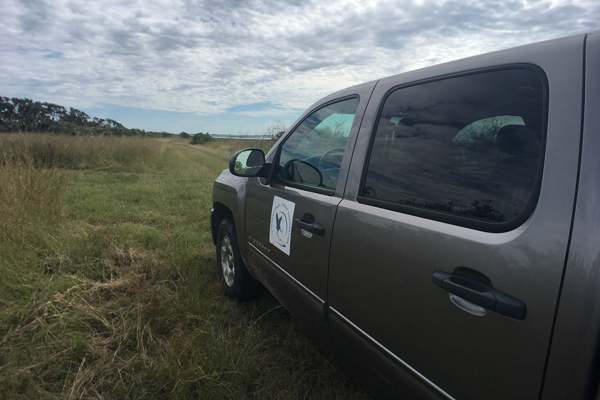
The first birds of the season are always exciting. This area of southern Texas is the wintering range for the last wild flock of Whooping Cranes, which means we spend a long hot summer waiting for their return. Their arrival ushers in cooler weather and begins the birding season for the area. This year they came back earlier than usual. The first birds were seen on private lands by a landowner who usually doesn’t expect them until mid-November! They don’t mind arriving fashionably early.
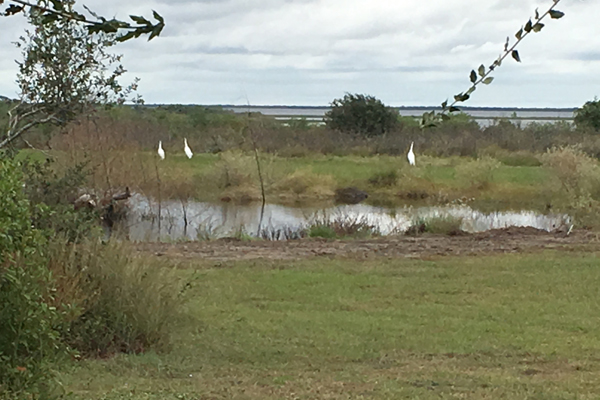
The International Crane Foundation works with private landowners throughout the area to secure suitable habitat, create solar-powered wells to give the cranes access to fresh water and monitor the birds’ activity. After the cranes were spotted on this land we set out to check the wells and maintain and add new game cameras.
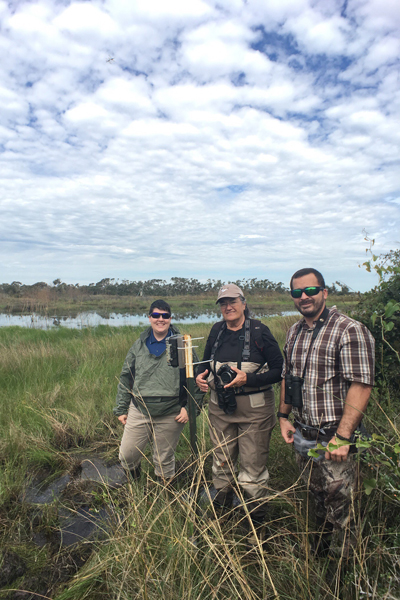
Game cameras, also known as camera traps, are usually known for being activated by motion detection. However, these cameras take pictures only at timed intervals. The cranes are often so far from the camera – at least 50 yards – that they would not set off the detection software. We worked the morning away calibrating cameras and monitoring water quality of the wells under many clouds… of mosquitos. There were in fact very few actual clouds overhead.
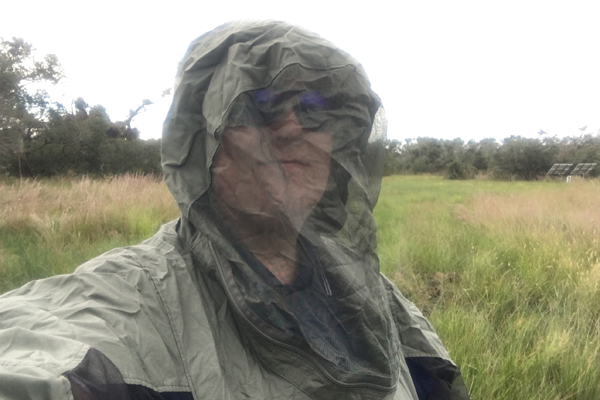
Whooping Cranes live only in select environments and need a specific habitat to survive – and a majority of that land is not managed by the government. “Ninety-five percent of Texas is privately owned,” says Senior Whooping Crane Scientist Liz Smith,“ so that is why having our private landowner partners preserve wildlife habitat is critical.” The work we did that day would not be possible without landowners who choose to prioritize Whooping Cranes in their management practices.
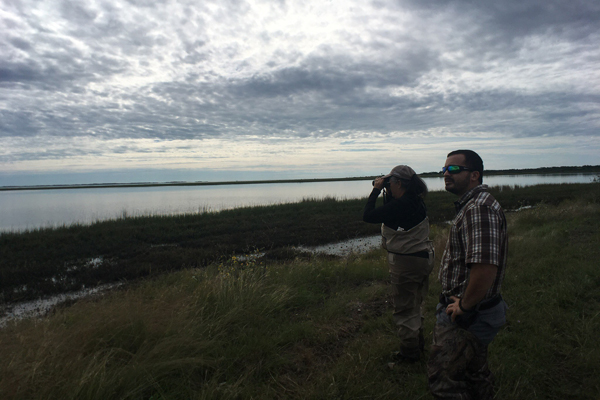
We are preparing for an exciting season monitoring over 500 cranes in the Coastal Bend area. Keep an eye out for our updates from the field.
Story submitted by Anna Turkett, Whooping Crane Outreach Coordinator – Texas. Click here to learn more about our work in North America.
